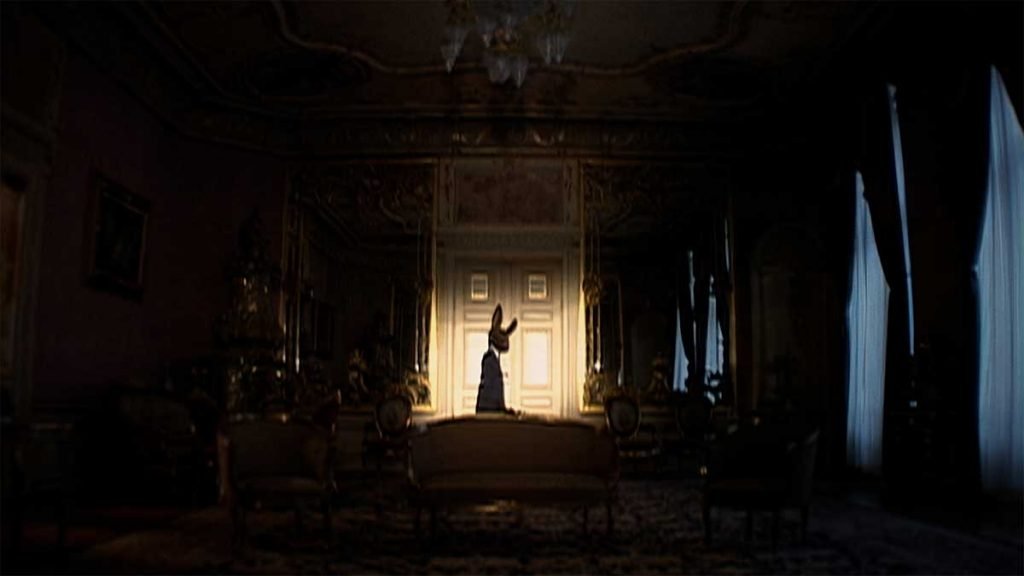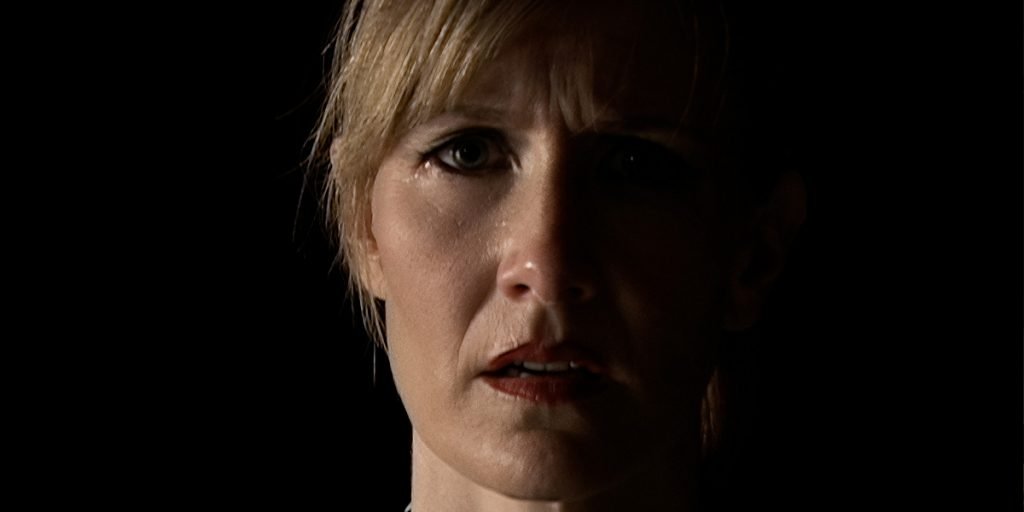A newly remastered version of David Lynch ’s most experimental and hallucinatory work, Inland Empire – a story about a “woman in trouble”.
When talking about David Lynch, where do you start? It’s hard to think of an introduction to this legendary and unique director, since describing his work is also a bit of a hassle. One thing’s for sure, you will never forget watching your first Lynch film. It’s a weird yet intriguing experience as no other foreword of an auteur’s filmography. Like many, my journey within the expressive and expansive Lynchian world began with Twin Peaks (as well as the modernly reassessed Twin Peaks: Fire Walk with Me – critics hated it at the time of release), a series I still revisit constantly and never get tired of.
The reason why it warrants a “constant” re-examination, which applies to most of his works, is that, within each viewing, you can find other meanings behind his stories. And Lynch doesn’t make it easy for the viewer, as he is famous for not explaining a single detail of his movies. Instead, the purpose is for the viewer to analyze and come to their own conclusions about what they’ve just seen and not just go along with somebody else’s thoughts.
Because his work has such a distinctive and striking texture, some will decide to question every decision that the characters make (and, on occasions, cackle) instead of embracing its surrealistic nature. His features are odd and not easy to follow, albeit there is no filmmaker like him. From his story of a father breaking under pressure in Eraserhead to his “rendition” of The Wizard of Oz, Wild at Heart, Lynch has consistently found different surrealistic ways to talk about various themes such as the aspect of Hollywood, infidelity, duality in life, violent criminal activity, amongst others.
Recently, news arrived that two of his features were getting 4K restorations: the first one to come, thanks to Janus Films, is the newly remastered version of what can be considered his most experimental and hallucinatory work, Inland Empire. If you thought his previous works, especially Lost Highway, were confusing, you don’t know what’s coming with this one. After watching it four times already (the restoration once), I’m still a bit puzzled about what exactly happened and the meaning behind it all. This is Lynch shooting on his own terms – doing everything he wants, and nobody is interfering with his vision.

Inland Empire was filmed on the sly, without a final screenplay and a lot of improvisation, and it was completely shot on digital video. This was Lynch’s first time not shooting on film, as he stated in an interview that he would no longer use film to do his projects since digital gave him “more room to dream” and additional options during the post-production process.
So, what’s Inland Empire about? The first part of the story, which covers less than one-third of it, revolves around a Hollywood actress called Nikki Grace (Laura Dern, who delivers a tour-de-force performance), whose glory days of her acting career are behind her. Nevertheless, she gets the opportunity to take the lead role in a new film by director Kingsley Stewart (Jeremy Irons). Because her husband, Piotrek Krol (Peter J. Lucas), a very important man in the Polish mob, is very jealous, her co-star, Devon (Justin Theroux), known for being a womanizer, gets a warning not to make any romantic overtures. However, a flame starts burning, and the two get romantically involved in a love affair. They try to keep it a secret by using their characters’ names while embracing each other.
Later on, the cast learns that the project is a remake of an unfinished Polish movie in which the stars met a “sticky end”, and it is said to be cursed. This is where the narrative plunges into the depths of Lynch’s head, never to return from where it once came. Up to this point, this is as clear as one could easily follow the plot. The story that comes next involves Polish curses, the intersection between reality and fiction, infidelity, a parody sitcom where there are people dressed up as rabbits with canned laughter, unseen observers, multiple identities, and much more.
It’s hard to explain what happens in the movie; doing so will take a thirty-minute-plus video or a three-thousand-word essay due to all the metaphors and entanglements the story has. However, it is like going inside David Lynch’s head and losing track of time and space. He returns to similar Mulholland Drive territory thanks to its thematic similarities. He shares his thoughts about Hollywood, the relationship between interpretation and reality, and how that connection between characters and our real-life personas influences our daily lives through a twisted storyline.
As the viewer goes down the rabbit hole, one finds more resemblances between the two grand works. Inland Empire is not vastly accessible, and the people who will be most intrigued to experience it are Lynch fans, yet it is a magical and dark venture you don’t want to miss out on. Of course, you’ll need more than one watch to appreciate what’s going on. And even if you don’t understand the narrative exactly (like me), it’s an enjoyable and unpredictable watch – a career recap of the highest order with some appearances and great performances by Lynch filmography veterans like Grace Zabriskie, Harry Dean Stanton, Laura Harring, and Diane Ladd.
The film is his most experimental and hallucinatory work since Eraserhead, and this remastered version makes the cinematography pop way more than in its original release (to be completely honest, it’s not his best-looking picture). With each watch, I have grown to love Inland Empire more and more because of its creative insanity and descent into madness.
Janus Film’s new 4k restoration of David Lynch ‘s Inland Empire was released in US theaters in April 2022.
A new remastered picture and soundtrack of the film will be out in UK cinemas on 26 May, 2023 and on Blu-ray and DVD on 19 June, from StudioCanal.

